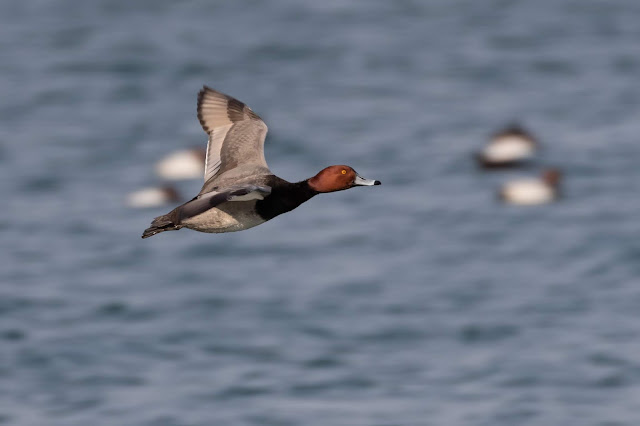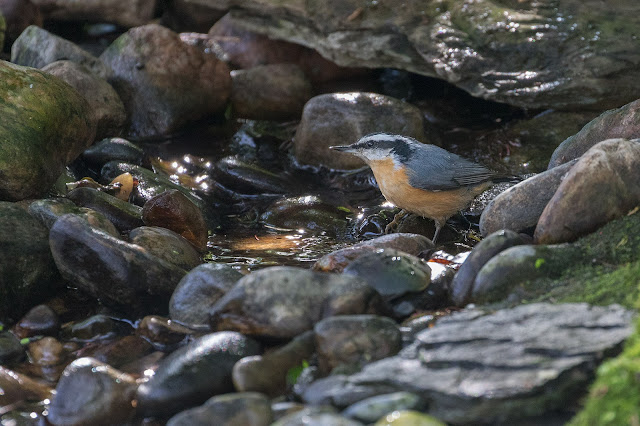Black-crowned night heron.

Juvenile black-crowned night heron, Rondeau Provincial Park, Ontario, Canada, Sept 17, 2018. From the pontoon boat. Not overly concerned about us as we drifted by. Nycticorax nycticorax A breeding Black-crowned Night-Heron will brood any chick that is placed in its nest. The herons apparently don’t distinguish between their own offspring and nestlings from other parents. source - https://www.allaboutbirds.org/…/Black-crowned_Nigh…/overview





















